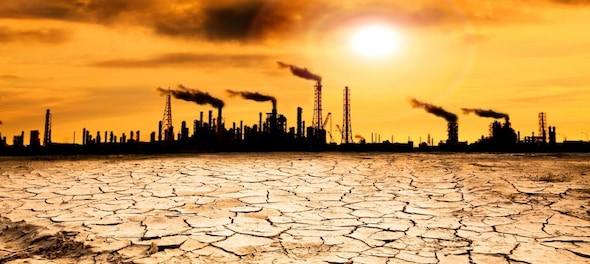
Union Budget 2022—to be presented on February 1—may push the energy service company (ESCO) model to cut carbon emissions to meet Prime Minister Narendra Modi’s pledge at the COP26 summit to cut total carbon emissions 1 billion tonnes by 2030.
India may give a push to the ESCO model in the coming budget in commercial buildings to achieve the target, Mint reported, quoting two government officials. “It is a very good model, but the contract has to be robust, and the risks have to be mitigated,” Mint quoted union power secretary Alok Kumar saying. He added India could have some 100-200 ESCOs.
The world is slowly but steadily starting to embrace renewable energy. Increasing investments are being made towards green energy to decarbonise the electrical grids that power the world.
But perhaps just as important is that while we increase our share of renewable energy, we must make global electrical grids much more efficient. It would ensure that whatever share of fossil fuel energy is used in today’s electrical grid is kept to a minimum as no excess energy is produced. This is where energy service companies come in.
What are energy service companies (ESCOs)?
Energy service companies (ESCOs) are responsible for improving the energy efficiency of customers. These companies can achieve this by creating, designing, developing, building, and financing projects that save energy or reduce energy costs.
“In general, ESCOs act as project developers for a comprehensive range of energy conservation measures (ECMs) and assume the technical and performance risks associated with a project,” explains the US Office of Energy Efficiency and Renewable Energy.
ESCOs differ from other energy start-ups and companies in their financing model. Unlike other companies that charge for the large capital expenditure that such energy-saving projects can often bring, ESCOs enter an energy savings performance contract (ESPC).
ESPCs state that ESCOs earn an amount directly related to their customers’ energy cost savings. ESCO’s often finance and bring down a significant portion of the capital expenditure associated with the implementation of energy savings projects. The customer pays back the difference between the old energy costs and the new energy costs.
While ESCOs can service residential customers, they often serve customers like factories, large offices, warehouses and others who stand to gain a lot from reduced energy costs and requirements.
Also Read | Climate risk – India Inc needs to act now
How do ESCOs help the environment?
ESCOs retrofit, replace or remove old machinery, grids and equipment and opt for energy-efficient alternatives. This energy efficiency reduces carbon emissions. As the solutions provided by ESCOs either take up less energy or do more in the same amount of energy, this means ESCO customers produce fewer carbon emissions.
Since electrifying and greening the world’s energy systems is not going to be achieved overnight, the presence of ESCOs brings a change in the world’s carbon-intensive ways.
(Edited by : Yashi Gupta)
Check out our in-depth Market Coverage, Business News & get real-time Stock Market Updates on CNBC-TV18. Also, Watch our channels CNBC-TV18, CNBC Awaaz and CNBC Bajar Live on-the-go!


AAP protest today: Delhi traffic police issues traffic advisory, security at BJP headquarters beefed up
May 19, 2024 11:26 AM
BJP is planning to ban RSS, says Shiv Sena (UBT) chief Uddhav Thackeray
May 18, 2024 8:01 PM
Punjab Lok Sabha elections: Complete list of Congress candidates
May 18, 2024 4:08 PM
Punjab Lok Sabha elections: Check full list of AAP candidates and constituencies
May 18, 2024 12:59 PM

